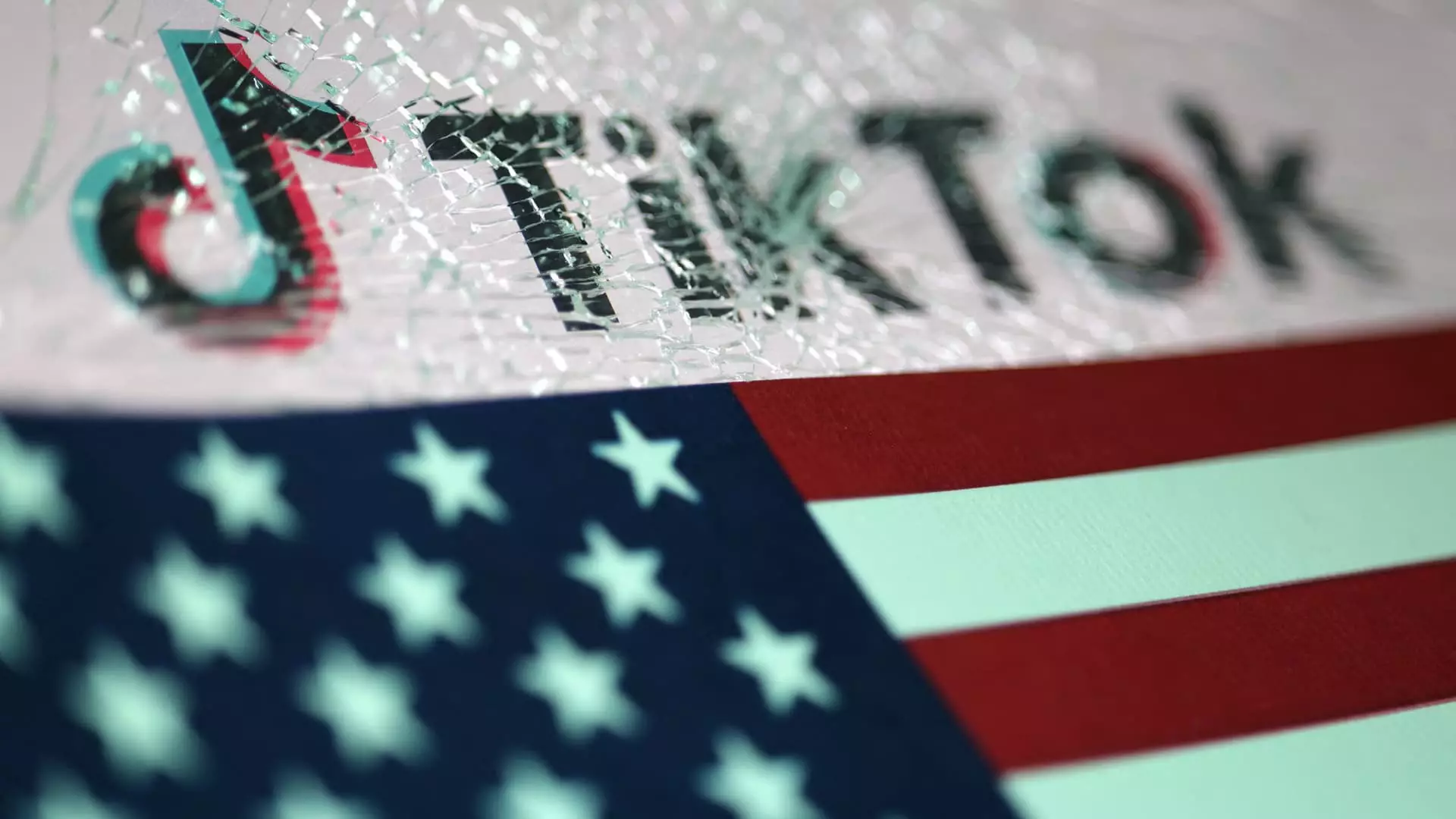In the ongoing tug-of-war surrounding TikTok’s future in the United States, recent developments have brought a modicum of temporary relief to both the platform and its millions of users. Following a turbulent few days, U.S. President-elect Donald Trump alluded to his intentions to sign an executive order to delay the proposed ban on TikTok. This came after a law permitting the app’s prohibition had already been upheld by the Supreme Court—a situation that illustrated the tense intersection between politics, technology, and user freedoms.
In light of the impending threat, TikTok swiftly responded by articulating its commitment to providing services to over 170 million American users. The company expressed gratitude to President Trump for offering clarity regarding the legal standing of their service providers, which include major players like Apple and Google. “We thank President Trump for providing the necessary clarity and assurance,” TikTok stated, framing the delay as a victory for free speech and a coalition that helps small businesses flourish. The implications of such statements stretch beyond mere corporate posturing; they represent a strategic maneuver to rally public support and mitigate backlash against potentially stifling regulations.
Trump’s proactive engagement on social media underscored his intent to manipulate public sentiment amidst mounting political pressure. By rallying companies not to “let TikTok stay dark,” Trump positioned himself as a defender of American interests, seeking a balance between national security concerns over data privacy and the protection of users’ rights. The simultaneous existence of a ban while also restoring service raised questions about the government’s commitment to regulating technology companies while also respecting First Amendment rights. This dual approach is bound to draw scrutiny from both supporters and detractors of TikTok.
As the conversation evolves, discussions around ownership continue to dominate the narrative. Trump has made it clear that he envisions a joint venture wherein the U.S. would hold 50% ownership in TikTok to ensure the app remains “in good hands.” However, this proposition presents its own set of complications; as of now, ByteDance—in charge of TikTok—has reiterated its lack of intention to sell. The stance adds layers to an already complicated dialogue regarding control, ethics, and sovereignty in the ever-expanding global digital economy.
The road ahead for TikTok in the U.S. remains fraught with uncertainty and contradiction. While the platform has pledges and promises in place to safeguard its presence, the reality is that legislative hurdles and external pressures can shift rapidly. Users are caught in the crossfire, with many expressing frustration over the unpredictability of their favorite app’s future. As debates about ownership, privacy, and free speech intensify, it is evident that both TikTok and the U.S. government must navigate these waters carefully. Ultimately, the outcome will not only affect TikTok’s sustainability but will shape the very landscape of social media in America. Whether this turbulent saga will conclude with a favorable resolution remains to be seen.



Leave a Reply